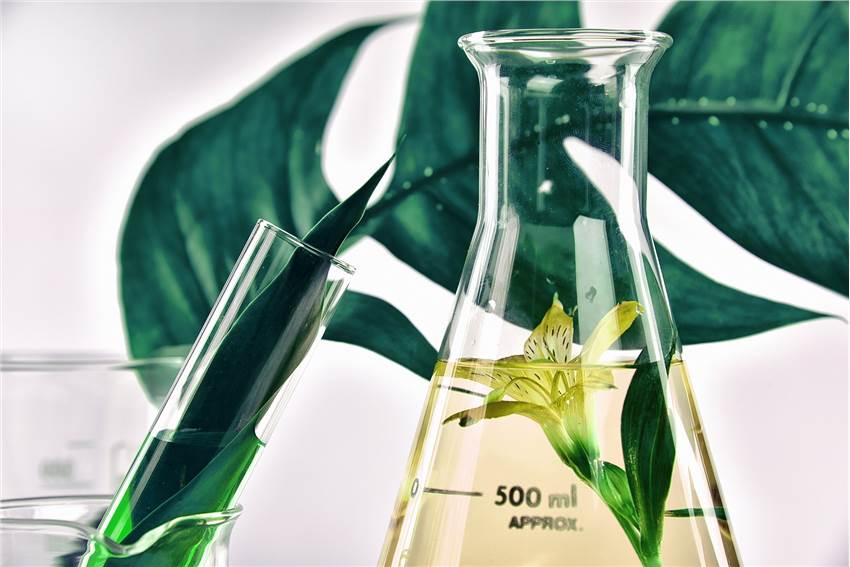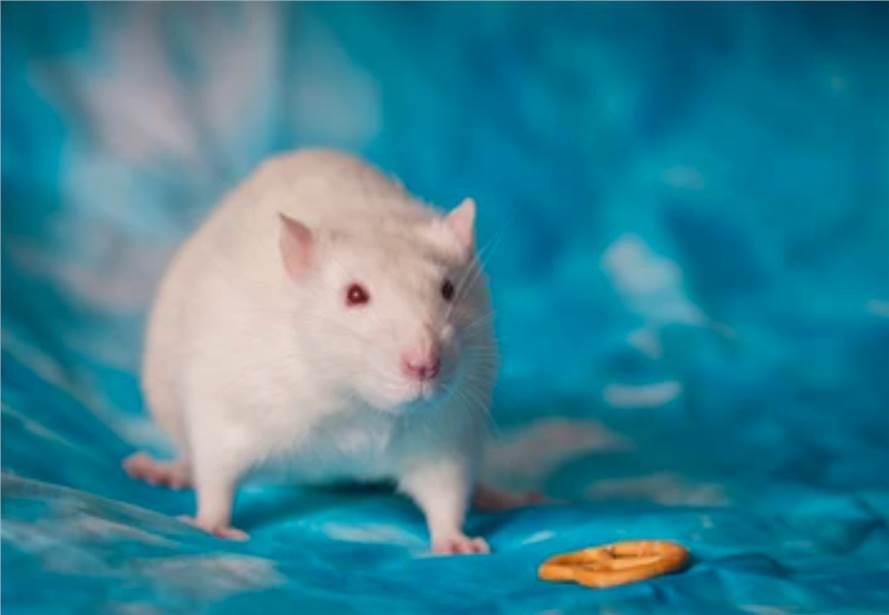Our company provides professional chronic toxicity testing services to help customers determine the lower limit of toxicity of a test sample, i.e., the threshold dose and no effect dose at which long-term exposure to the compound can cause harm to the organism. Our services provide the toxicological basis for evaluating the risk of the sample and establishing safety limits for human exposure to the sample.
Test Range
Veterinary drugs, pesticides, chemicals, fungicides, organic toxicants, solid waste, domestic waste leachate, hazardous waste, sewage, sludge, water quality, surfactants, etc.

About Chronic Toxicity Test Service
Test Method
Our company repeatedly administers different doses of test samples orally, percutaneously, or via the respiratory tract to experimental animals for most of their normal life cycle. During the period of contamination, we observe the animals daily for various signs, regularly weigh and record food intake, and perform ophthalmology, blood biochemistry, hematology, urine, and histopathology tests to elucidate the chronic toxicity of the test samples.
Subjects
The same batch of test samples should be used for the entire experiment and the client should provide sufficient quantities. For transoral toxicity, we mix the test sample with water or feed and ensure the stability of its preparation. For transdermal and respiratory inhalation routes, we administer the toxicity as a prodrug.
Test Animals
We chose rats and mice for the experiments. Rats were preferred. Animals of both sexes were used for the test. The age of the animals was between 4-6 weeks.
Routes of Infection
We offer three main routes of contamination: oral, percutaneous and respiratory inhalation. The choice of route will be based on the physicochemical properties of the test sample and the representative exposure to humans.
- Transoral: The test sample can be mixed with feed or water (7 days per week), or gavage (5 or 7 days per week).
- Transdermal: The sample should be applied to the skin as thinly and evenly as possible (6 hours per day, 5 or 7 days per week).
- Inhalation: A test using a dynamic poisoning system, oral and nasal dyes (6 hours per day, 5 days per week).

Test Observations
- General clinical observations: Timing, extent and duration of changes in skin, coat, eyes and mucous membranes, changes in the respiratory system, circulatory system, nervous system, limb movements and behavioral patterns.
- Record the amount of food and eating and water intake.
- Perform internal eye examinations using examination glasses.
- Hematologic examination: Hemoglobin concentration, red blood cell count, hematocrit, total white blood cell count and classification, platelet count, and coagulation function). If there are hematologic implications, additional tests such as reticulocyte and bone marrow smear cytology should be added.
- Blood biochemistry: Alanine aminotransferase (ALT), aspartate transaminase (AST), alkaline phosphatase (ALP), blood urea nitrogen (BUN), creatinine (Cr), blood glucose (GLU), albumin (ALB), total protein (TP), total cholesterol (TCH), potassium, and sodium.
- Urinalysis: Appearance, specific gravity, acidity, urine protein, glucose and blood cells.
- Pathological examination: Gross anatomical examination and histopathological examination.
- Other tests: Examination of other sensitive indicators, depending on the nature of the sample and toxic reactions.
Chronic Toxicity Test Report
The final test report Our company provides includes the following.
- Test name, test start and end date, etc.
- Test summary and corresponding test information.
- Specific information on the physical and chemical properties of the test samples, preparation methods, etc.
- Specific information on the experimental animals and laboratory animal facilities.
- Dose and group: The principle or basis for selecting the dose, the dose and group, the way the animals are grouped, etc.
- Infection method: Main instruments and equipment, infection route, infection protocol, test duration, observation index, etc.
- Test results: Clinical manifestations of poisoning, body weight, feed intake, changes in indicators, gross anatomical and histopathological changes, etc.
- Test conclusion: Conclusion of toxic effects of test samples and toxic effects on target organs, as well as NOAEL and LOAEL.
- Original record keeping.
If you are looking for the best solution in the field of toxicology research, please feel free to contact us.
Related Solutions
It should be noted that our service is only used for research, not for clinical use.


